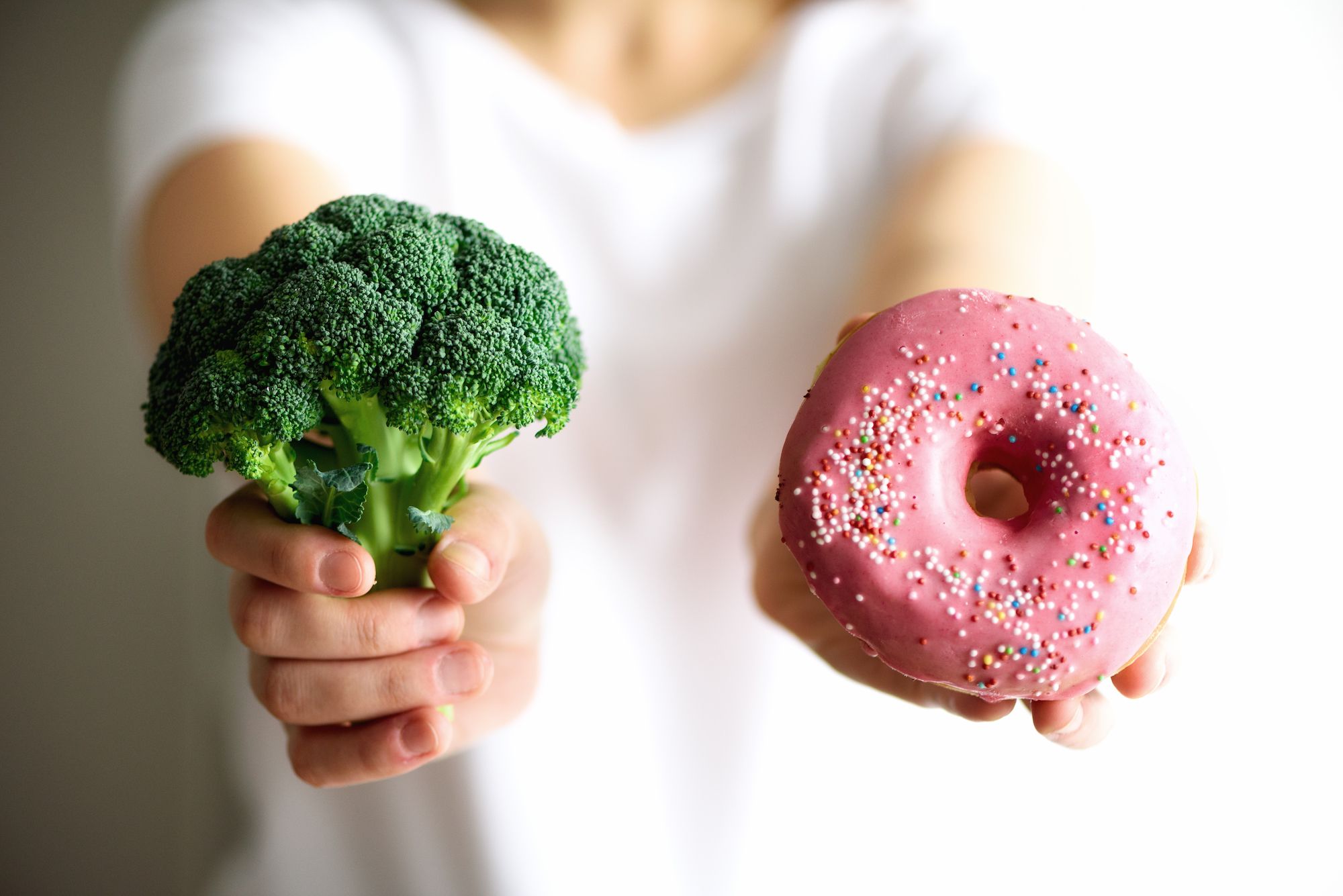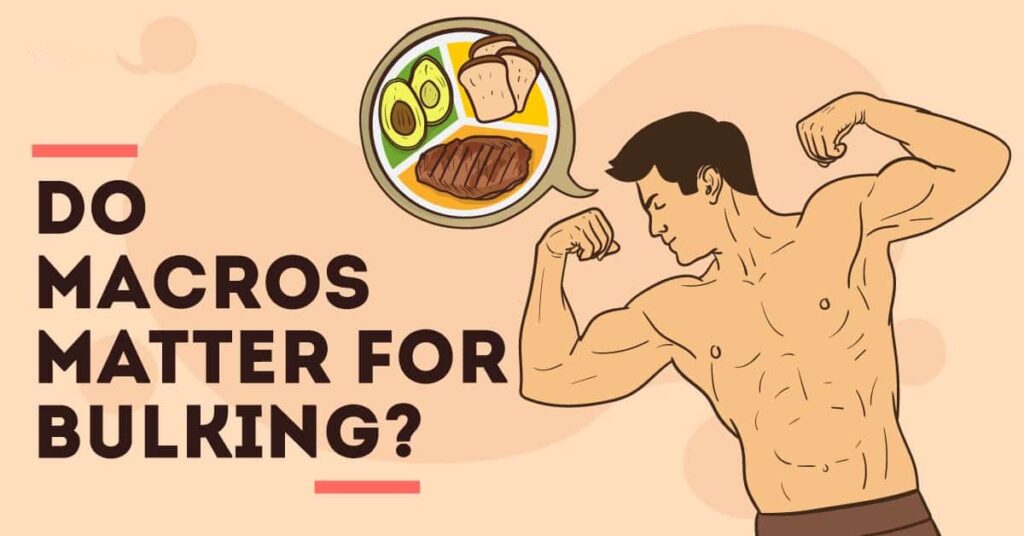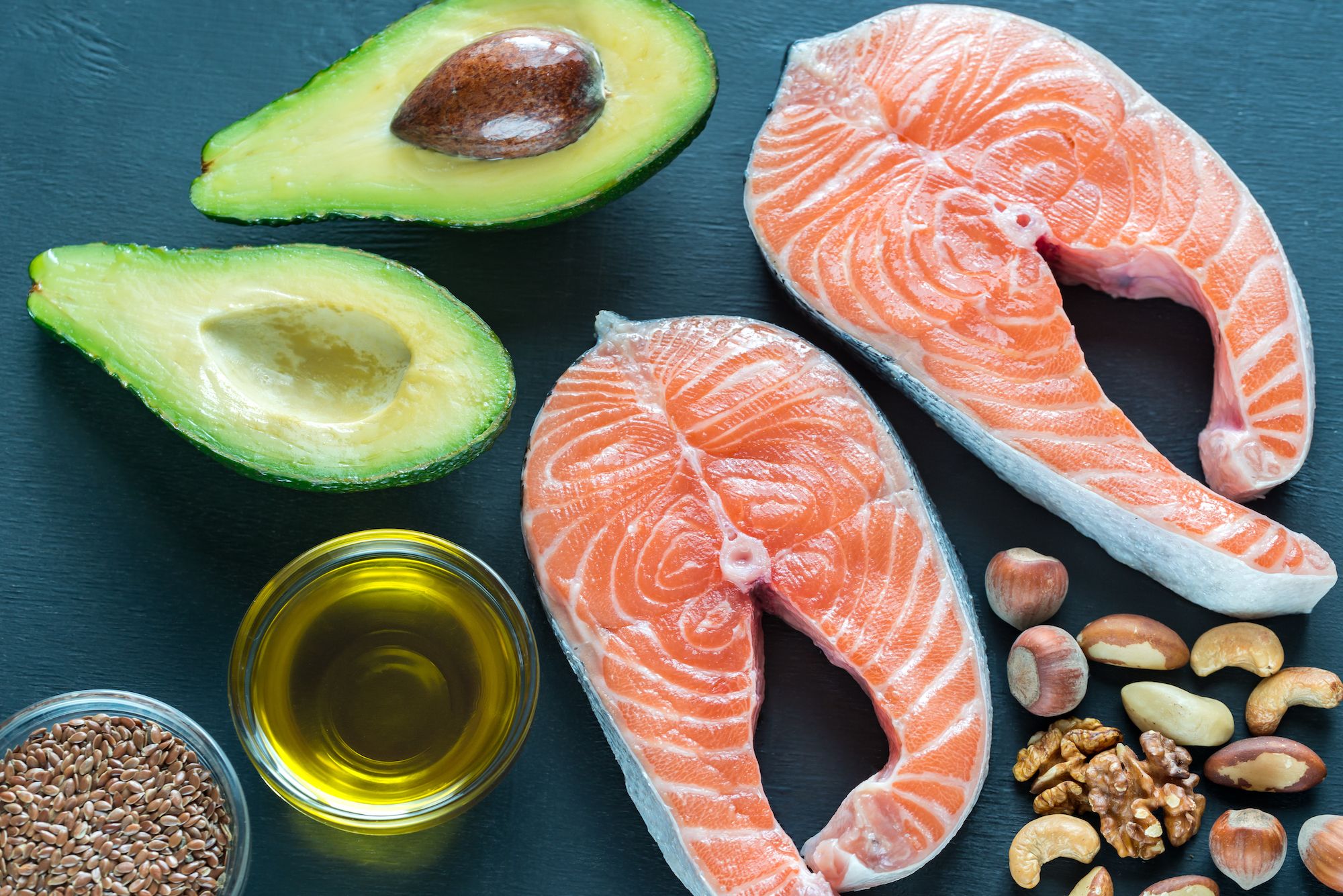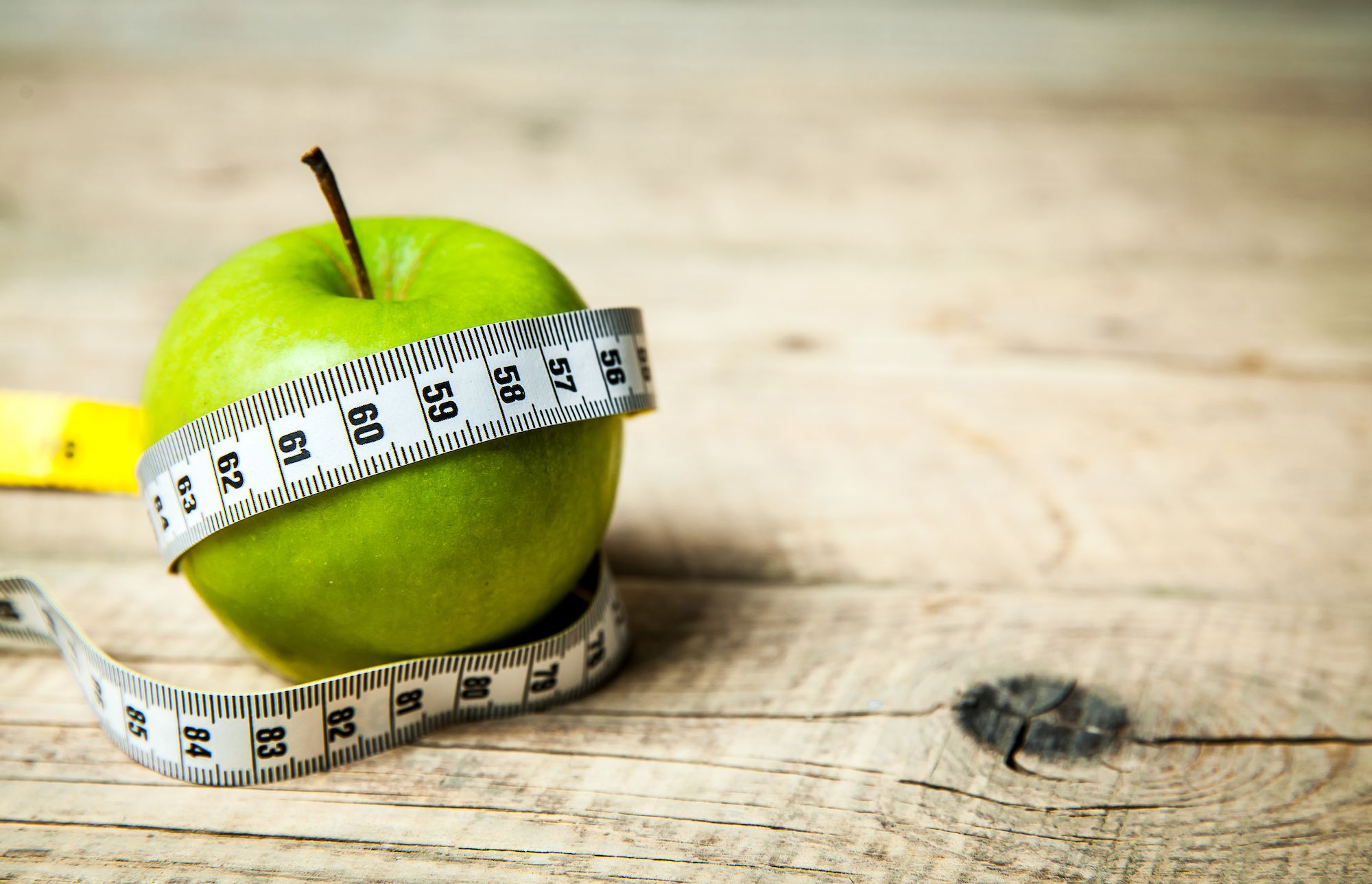A Simple Guide to the Bulking and Cutting Cycle
When it comes to building the body of your dreams, there are many different strategies. Two techniques for gaining muscle mass and losing body fat are commonly referred to as bulking and cutting.

How are bulking and cutting different?
While both bulking and cutting are strategies for better definition, tone, and muscle mass, the difference between bulking and cutting tends to come down to your current priorities. Bulking focuses on putting on weight and getting bigger; whereas cutting focuses on getting lean and removing excess body fat to achieve better definition and tone.
Where to start: bulking vs cutting?
Assess your body fat, muscle mass, and goals. For low muscle mass, start with bulking. If high muscle mass but excess fat, begin with cutting. Tailor your approach to your unique needs and objectives.
For most gym-goers and weightlifters, you’ll likely want to follow a pattern of bulking then cutting to progressively achieve your dream body.

How long should I bulk, and what’s the recommended duration for a cutting phase?
- Duration Variation: Cycles are often termed as “bulking season” or “cutting season,” and the ideal duration depends on individual goals.
- General Cycle Length: A minimum of 4-6 weeks is recommended for any bulking or cutting cycle to see meaningful results.
- Effective Bulking Cycles: For effective bulking, longer cycles of 3-4 months or more are generally beneficial. However, it may involve gaining some fat along with muscle, and managing macronutrients becomes crucial.
- Challenges of Bulking: Gaining both muscle and fat in a bulking cycle can be challenging for some. Despite careful macronutrient management, a certain amount of fat gain may occur.
- Balancing Macronutrients: Properly balancing macronutrients through clean eating can help limit excess fat gain during a bulking cycle.
- Heavy Lifting Importance: Incorporating heavy lifting into your routine is essential during bulking to ensure that the increased caloric intake contributes primarily to muscle building.

- Effective Cutting Cycles: Typically shorter than bulking cycles, the best results in cutting are often seen within an 8-12 week period.
- Components of Cutting Cycles: Cutting cycles involve regular workouts, emphasizing higher reps, lower weights, and cardio for increased calorie expenditure.
- Caloric Intake: Maintain a caloric intake below the combination of your basal metabolic caloric expenditure and workout-related caloric expenditure for an effective cutting cycle.
- Caution on Drastic Caloric Reduction: Avoid significantly cutting caloric intake, as it can unintentionally impact your basal metabolic rate, making future cutting efforts more challenging.
- Role of Trackers: Utilizing tools like calorie and workout trackers, such as Fitolympia, can be beneficial in precisely managing your goals and ensuring a balanced approach to cutting.
Can I both build muscle (bulk) while cutting?
Yes and no. Some lifters and bodybuilders claim that you can both build muscle mass and cut down on fat by eating clean, utilizing either lean bulking or clean bulking (this is referred to as Body Recomposition). However, there is debate amount weightlifters and bodybuilders as far as how effective this can be in practice.

Think about it like this: your body needs more calories than it’s burning to add muscle. But to lose fat, you generally need to burn more calories than you consume. These competing goals can make body recomposition difficult to achieve.
How does bulking work?

In general, bulking strategies can run on a continuum. Let’s look at three of the most common bulking strategies:
- Clean bulking. Clean bulking relies on eating clean — this means no processed foods, focusing on high-quality proteins, and getting protein immediately after your workouts (as well as a good mix of carbohydrates and fats to assist in muscle development). Generally, effective clean bulking diets shoot for roughly 110% of your caloric needs — enough excess caloric intake to add muscle mass without adding too much extra fat.
- Lean bulking. Lean bulking is similar to clean bulking but generally provides for a little more leeway in your diet. The focus is still on lean proteins, but the emphasis is more on eating well and not drastically overshooting your caloric needs.
- Dirty bulking. Dirty bulking assumes that you’ll put on some fat as you bulk. As a result, dirty bulking focuses more on simply exceeding your caloric needs to give your body plenty of calories to create muscle mass, assuming that you can later cut to reduce unwanted fat gains.
What should my macros look like if I’m bulking?

- Scientific Approach: The science supports a straightforward dietary focus for muscle development, emphasizing lean, clean proteins, whole grain carbohydrates, and good fats.
- Protein Sources: Prioritize sources like fish, especially those rich in omega-3 fatty acids, lean chicken breast, and dark leafy greens for essential nutrients.
- Good Carbohydrates: Choose good carbohydrates such as wild rice to support energy needs and overall health.
- Caution Against Junk Food: Consuming junk food, as seen in a dirty bulking diet, can lead to health issues. Potential risks include diabetes, heart disease, infertility, and cancer, among others.
- Balancing Priorities: While muscle mass gain is a goal, it’s essential to prioritize overall health and well-being. The potential health risks associated with poor dietary choices may outweigh the benefits of increased muscle mass.
- Holistic Approach: Consider the broader impact of dietary choices on long-term health, reinforcing the importance of a balanced and nutrient-rich diet for optimal muscle development and overall well-being.

A basic framework for a bulking diet involves calculating total calories, considering:
- Protein Intake: Aim for 1 gram of protein per pound of body weight, contributing 4 calories per gram.
- Fat Intake: Target 0.25 grams of fat per pound of body weight, providing 9 calories per gram.
- Carbohydrates: Include carbohydrates, contributing 4 calories per gram.
This formula helps determine the total daily caloric intake required for a bulking diet.
A guide to bulking
Example for a 180-pound individual on a bulking diet:
- Protein Intake: 180 grams per day, contributing 720 calories (180g * 4 calories/g).
- Fat Intake: 45 grams per day, providing 405 calories (45g * 9 calories/g).
- Carbohydrates: Fill the remaining calories, considering 2,400 total daily calories. This would amount to approximately 1,275 calories from carbohydrates (2,400 total – 720 protein calories – 405 fat calories).
- Adjustment and Optimization: With experience and careful tracking, individuals can fine-tune caloric surplus and macronutrient ratios to suit their specific goals and preferences.

What should my macros look like if I’m cutting?

When transitioning from a bulking to a cutting diet:
- Consistent Macronutrient Focus: Maintain a focus on clean eating, emphasizing lean proteins, good fats, and carbohydrates.
- Similar Protein and Fat Intakes: Aim for similar protein and fat intake levels as in the bulking phase.
- Lower Caloric Total: Adjust the overall caloric intake by reducing carbohydrates, resulting in a lower total caloric intake for the cutting phase.
- Carbohydrate Reduction: While still ensuring sufficient carbohydrates for muscle function, reduce overall calories by moderating carbohydrate intake during the cutting phase.
- Balancing Act: Find a balance where protein and fat levels remain consistent, but the reduction in carbohydrates contributes to the necessary caloric deficit for effective cutting.









